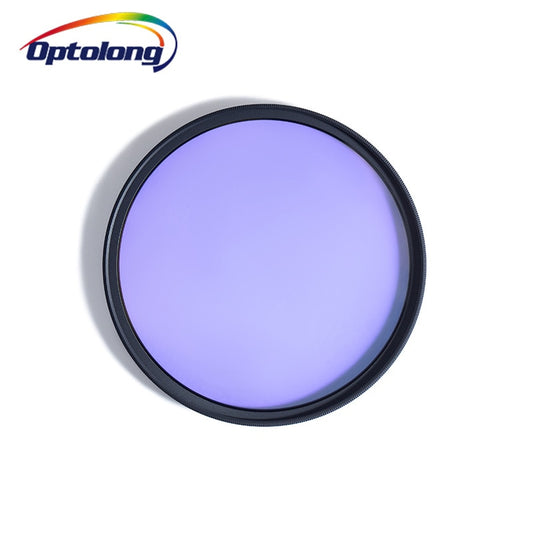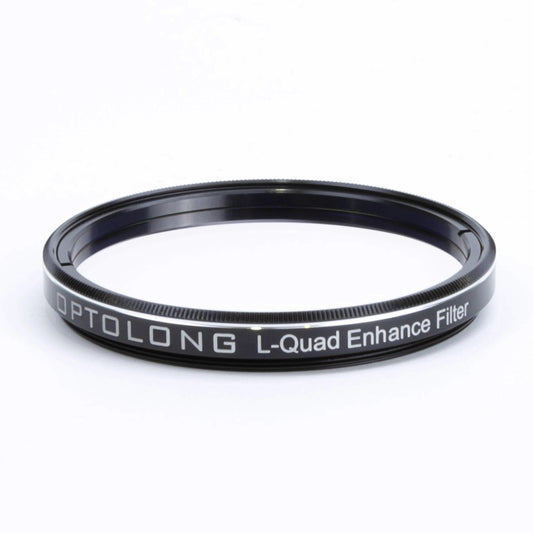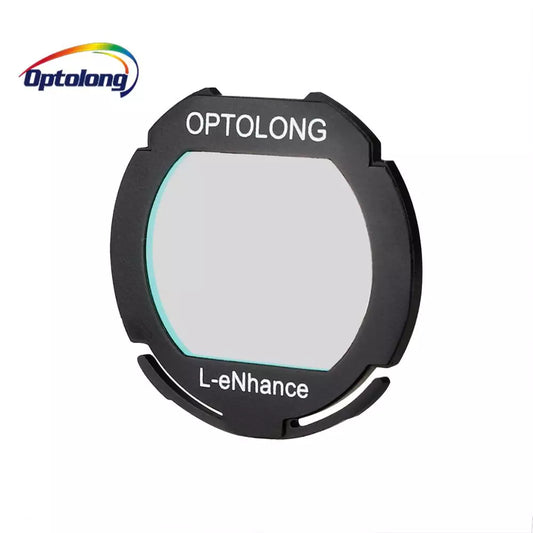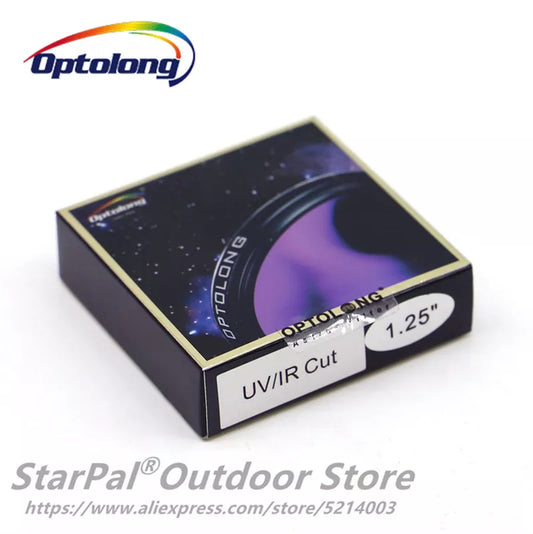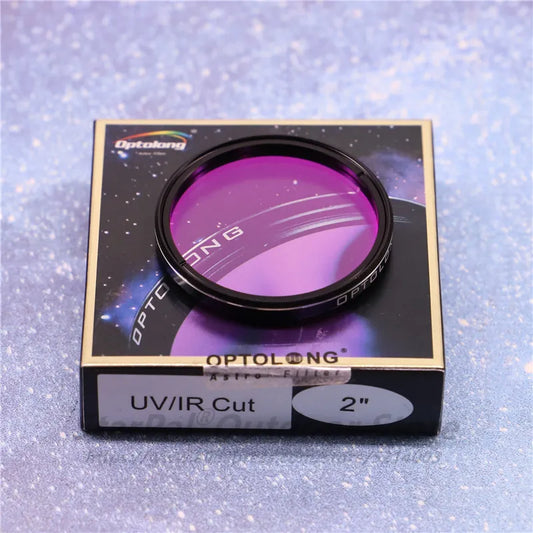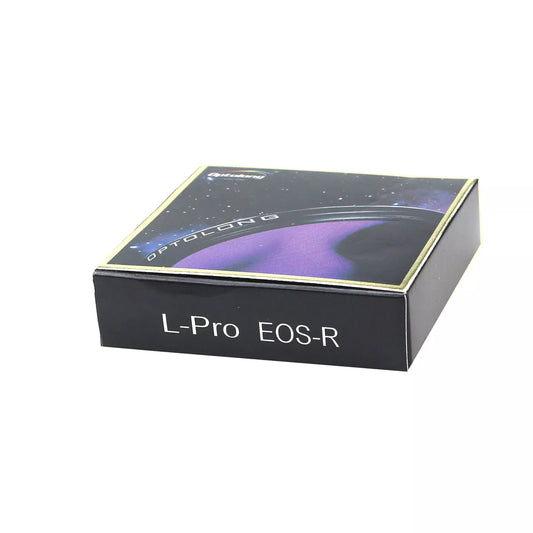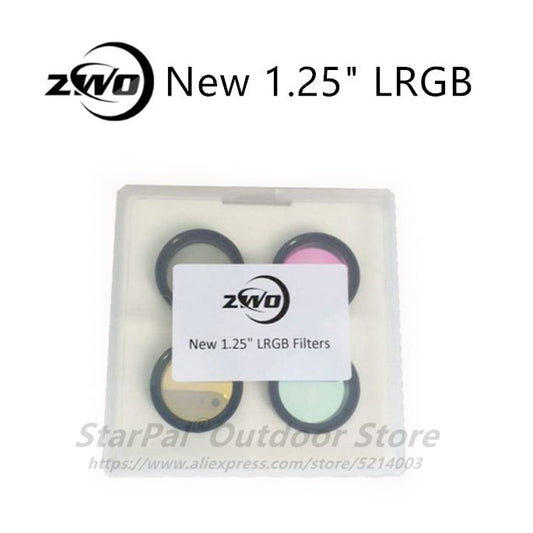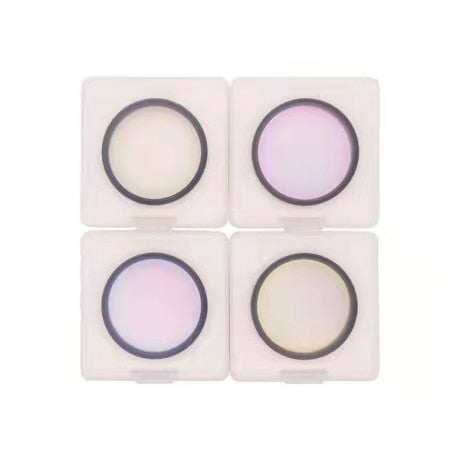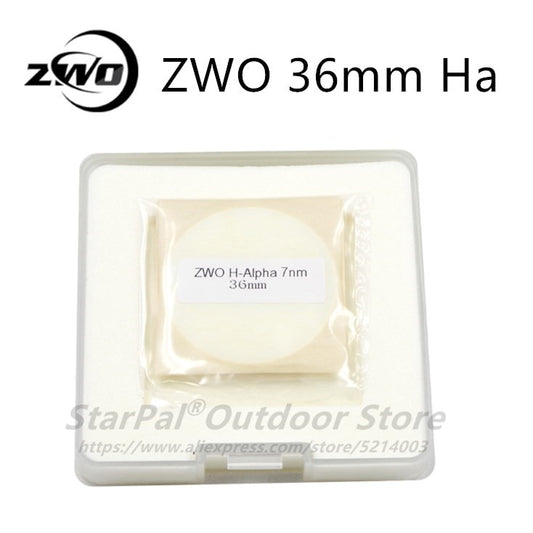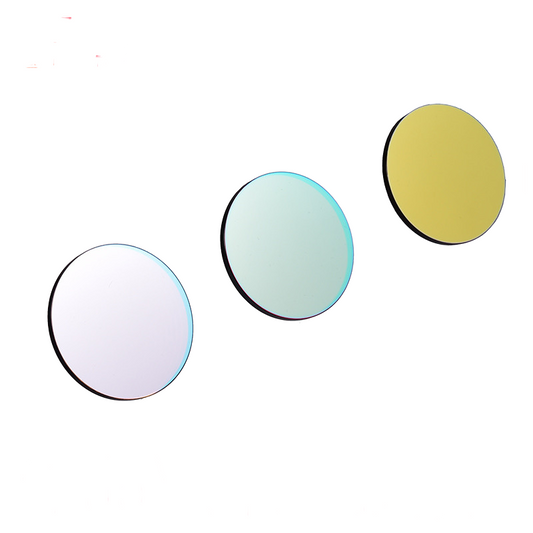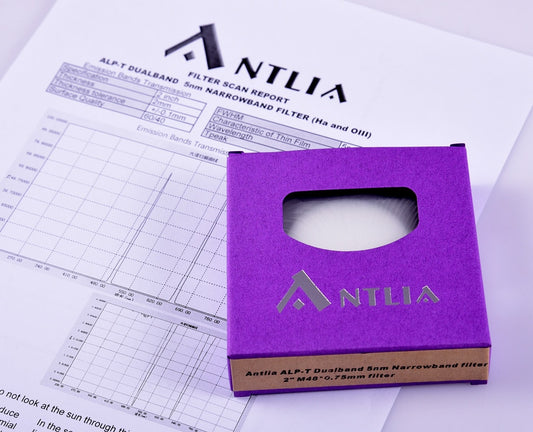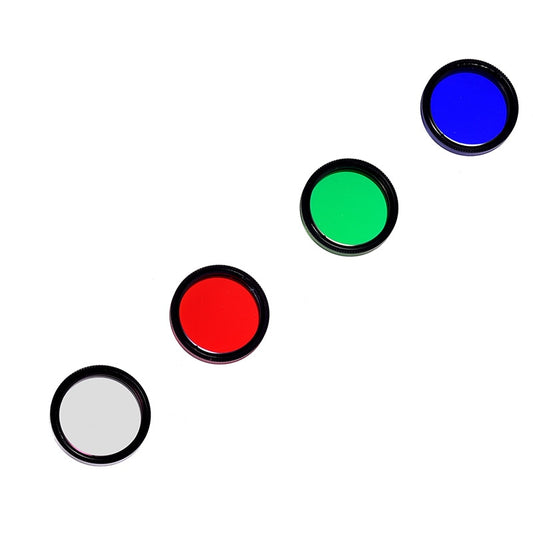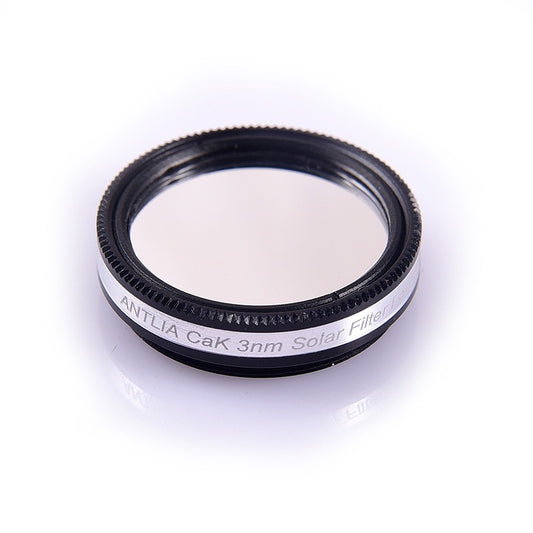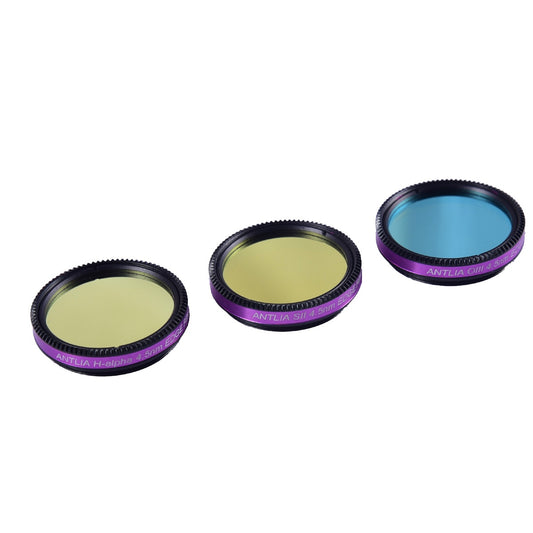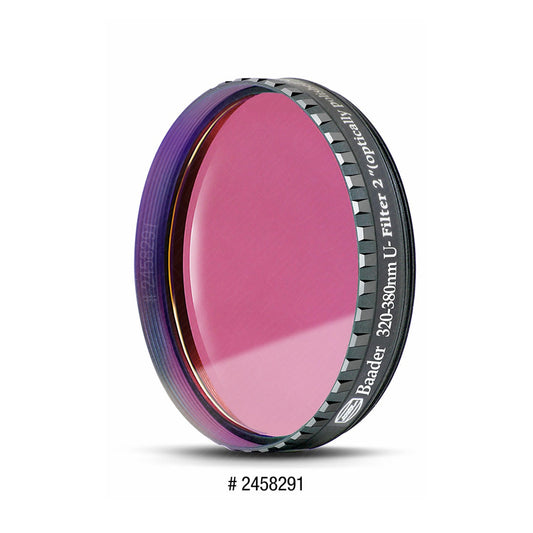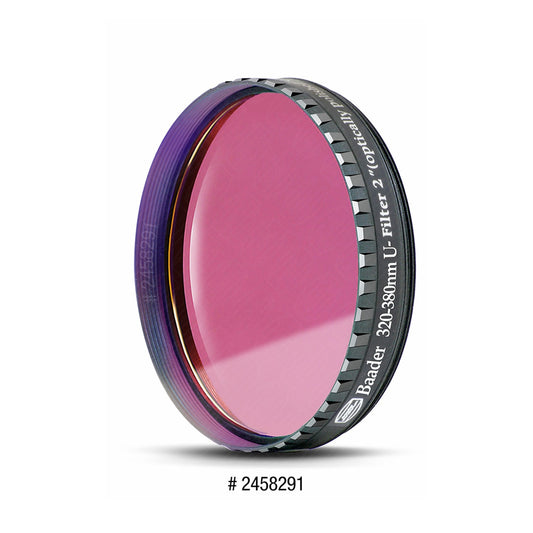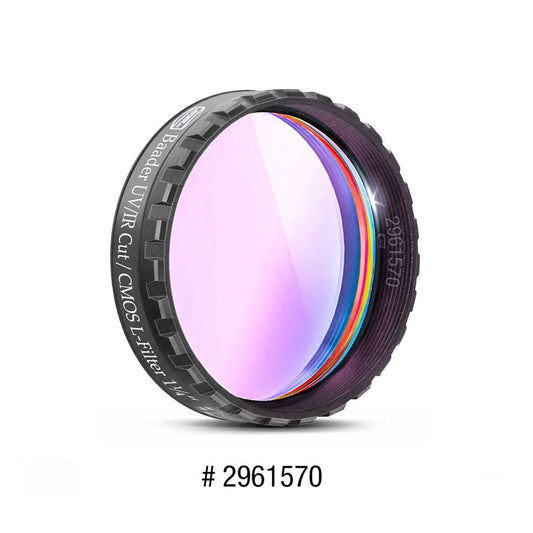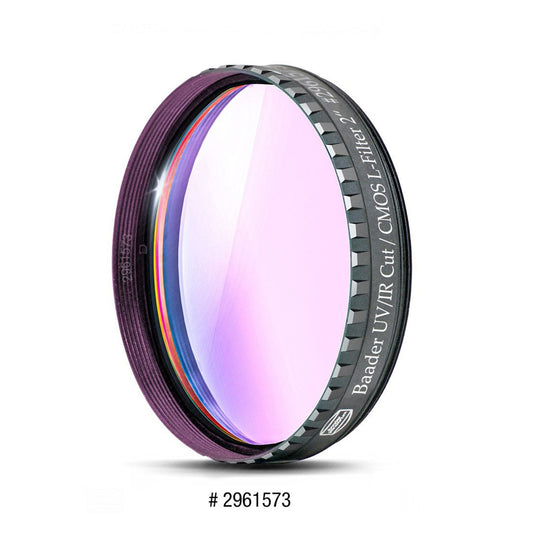Astrophotography is a challenging yet rewarding field of photography that requires precision, patience, and the right equipment. While filters are often associated with landscape photography, they can also be an essential tool for astrophotography. One type of filter that is commonly used is the ND filter.
ND, or neutral density, filters reduce the amount of light entering the camera without affecting color balance. They are often used in landscape photography to allow for longer exposure times, but can also be useful in astrophotography. Here are some things to consider when choosing an ND filter for astrophotography:
Density: ND filters come in different densities, measured in stops. The higher the density, the more light the filter blocks. For astrophotography, a filter with a density of 6 to 10 stops is recommended.
Coating: The quality of the coating on the filter can affect the image quality. Look for filters with multi-coatings or anti-reflective coatings to minimize reflections and ghosting.
Size: Make sure to choose a filter that fits the diameter of your lens. Most ND filters come in standard sizes, but it’s always best to double-check.
Brand: Quality varies between different brands of filters. It’s best to do some research and read reviews before making a purchase.
When it comes to using an ND filter for astrophotography, there are a few techniques to keep in mind:
Use a tripod: Since ND filters require longer exposure times, it’s essential to use a sturdy tripod to avoid camera shake.
Calculate exposure time: With an ND filter, you’ll need to adjust your exposure time to compensate for the reduced light. You can use a light meter app or calculate the exposure manually by multiplying the original shutter speed by the filter’s density. For example, if your original shutter speed was 1/100th of a second and you’re using a 10-stop filter, you’ll need to increase the shutter speed to 10 seconds (1/100 x 10 stops = 10 seconds).
Use a remote shutter release: To avoid camera shake, it’s best to use a remote shutter release or self-timer when taking the photo.
Experiment with different densities: Different densities of ND filters can produce different effects on the final image. Experiment with different densities to find the look that works best for your image.
Top 10 ND filters for astrophotography
Haida NanoPro MC ND1000 Filter: The Haida NanoPro MC ND1000 filter has a density of 10 stops, making it ideal for astrophotography. It features a multi-coating to minimize reflections and is made of high-quality optical glass.
B+W 110 ND 3.0-1,000X Filter: The B+W 110 ND filter has a density of 10 stops and is made of high-quality Schott glass. It features a multi-coating to minimize reflections and is an excellent choice for astrophotography.
Tiffen 77mm Variable ND Filter: The Tiffen variable ND filter allows you to adjust the density from 2 to 8 stops. It’s made of high-quality optical glass and features a multi-coating to minimize reflections.
Breakthrough Photography X4 ND Filter: The Breakthrough Photography X4 ND filter has a density of 6 stops and is made of high-quality optical glass. It features a multi-coating to minimize reflections and is an excellent choice for astrophotography.
NiSi V6 100mm Filter Holder Kit with ND Filter: The NiSi V6 filter holder kit includes a 10-stop ND filter and a filter holder. The filter is made of high-quality optical glass and features a multi-coating to minimize reflections.
Lee Filters ProGlass IRND 10 Stop ND Filter: The Lee Filters ProGlass IRND 10 stop ND filter is made of high-quality optical glass and features a multi-coating to minimize reflections. It’s an excellent choice for astrophotography.
Hoya PRO ND 1000 Filter: The Hoya PRO ND 1000 filter has a density of 10 stops and is made of high-quality optical glass. It features a multi-coating to minimize reflections and is an excellent choice for astrophotography.
Singh-Ray Mor-Slo 10-Stop ND Filter: The Singh-Ray Mor-Slo 10-stop ND filter is made of high-quality optical glass and features a multi-coating to minimize reflections. It’s an excellent choice for astrophotography.
Kenko PRO1D ND16 Filter: The Kenko PRO1D ND16 filter has a density of 4 stops and is made of high-quality optical glass. It features a multi-coating to minimize reflections and is an excellent choice for astrophotography.
Formatt Hitech Firecrest ND 10-Stop Filter: The Formatt Hitech Firecrest ND 10-stop filter is made of high-quality optical glass and features a multi-coating to minimize reflections. It’s an excellent choice for astrophotography.
In conclusion, an ND filter can be a useful tool for astrophotography, allowing for longer exposure times and creative effects. When choosing an ND filter for astrophotography, consider the density, coating, size, and brand. Remember to use a tripod, calculate exposure time, use a remote shutter release, and experiment with different densities to achieve the desired effect.
More Light Pollution and Filters Topics:
- What Filters do I need for Astrophotography
- Top 10 Best Filters for Astrophotography
- Hydrogen Alpha Filter
- Optolong l-Pro vs l-Enhance vs l-Extreme
- Planetary Filters
- Solar Telescope Filters
- Best Filter for Galaxies
- Light Pollution Filters for Telescope
- Light Pollution Filter for DSLR
- Astrophotography Filter Drawer
- What Filter to use for Astrophotography
- How to put a Filter on a Telescope
- Best Light Pollution Filter for DSLR Astrophotography
- How does Light Pollution affect the visibility of Stars
- Light Pollution Definition
- Do Light Pollution Filters work
- Light Pollution Filter Astrophotography







